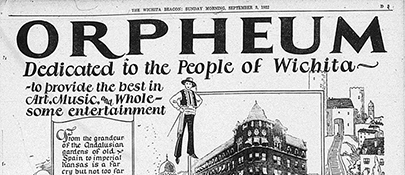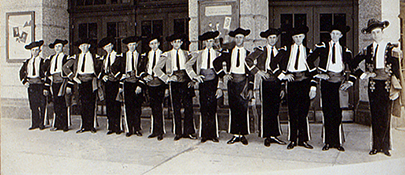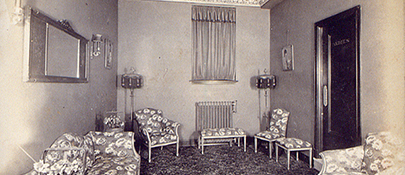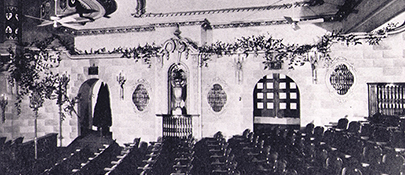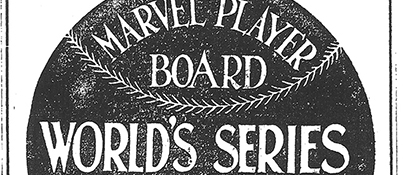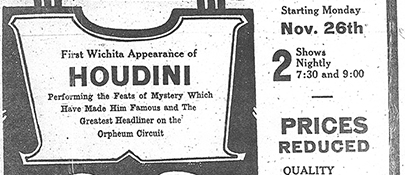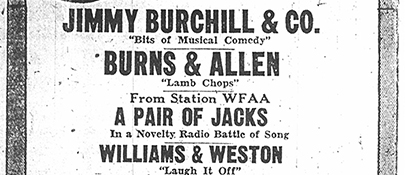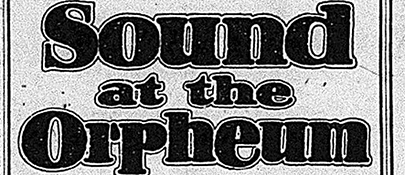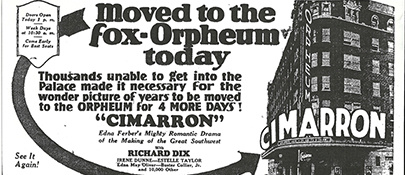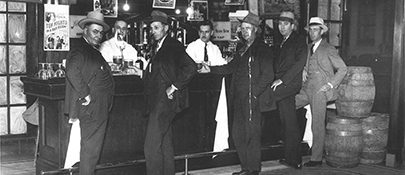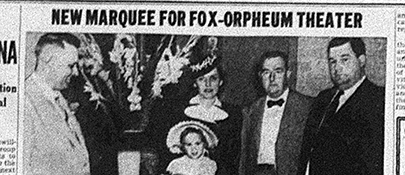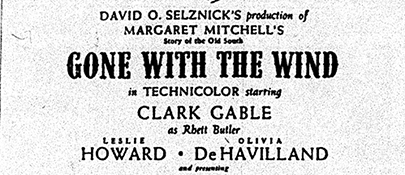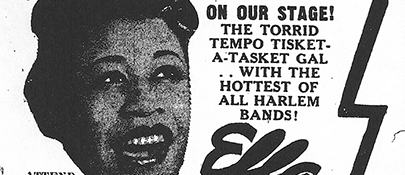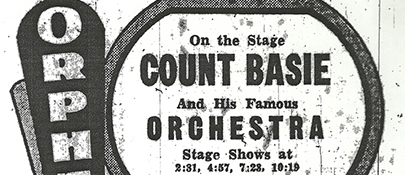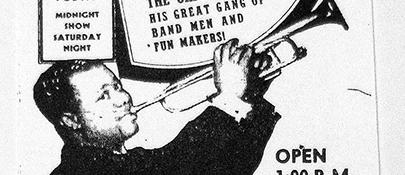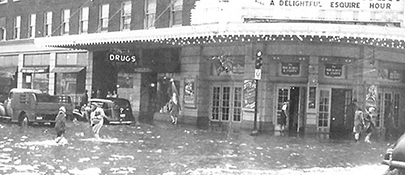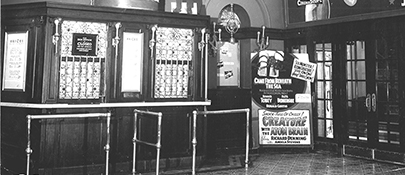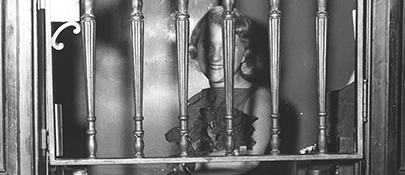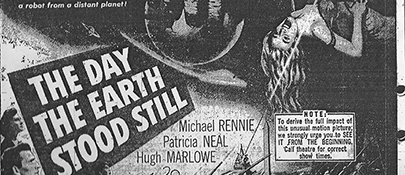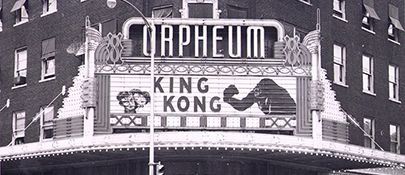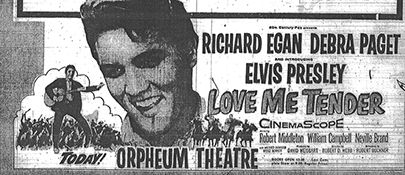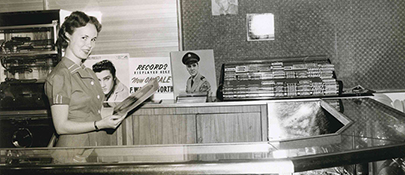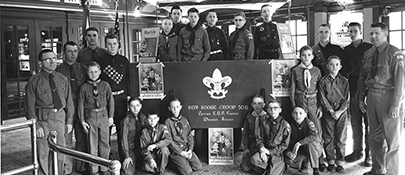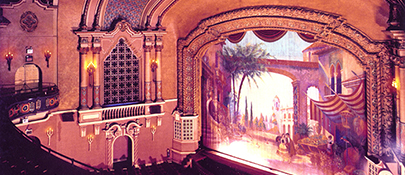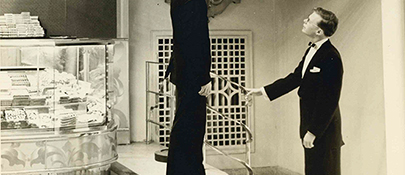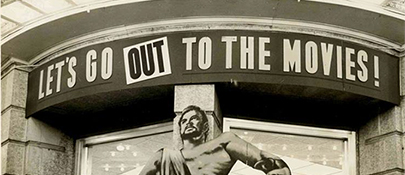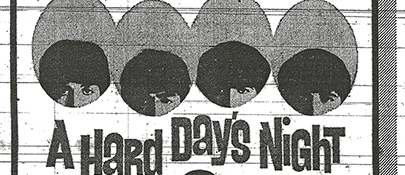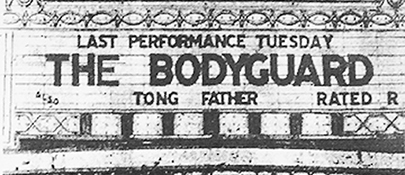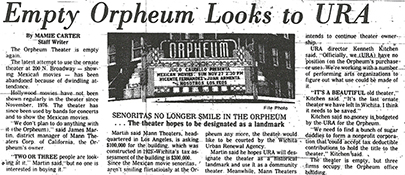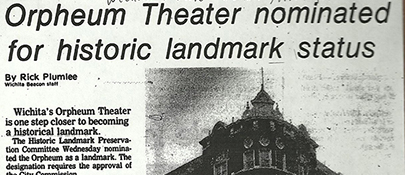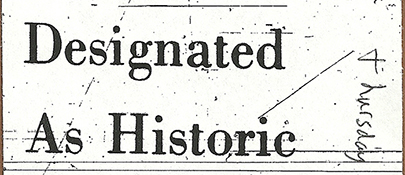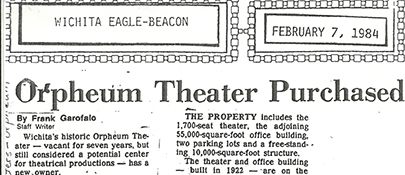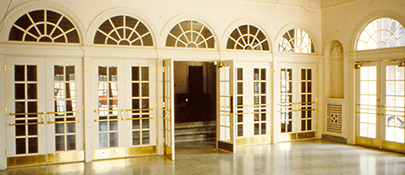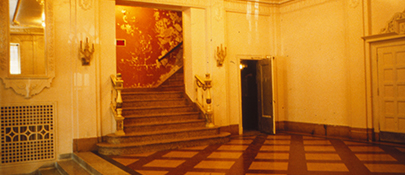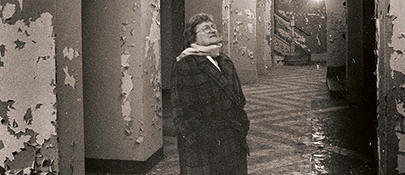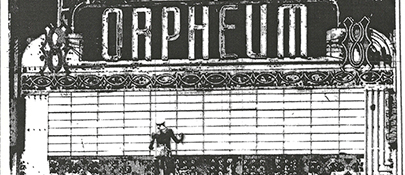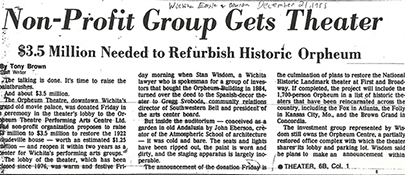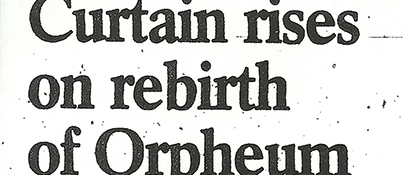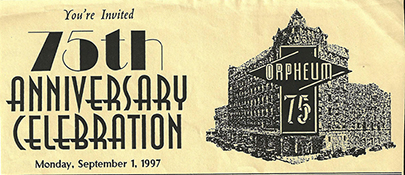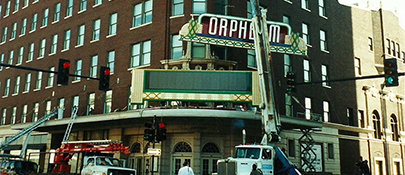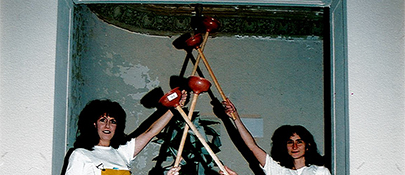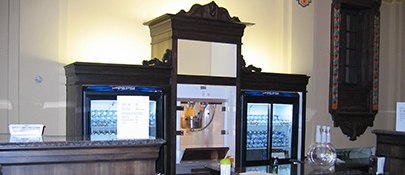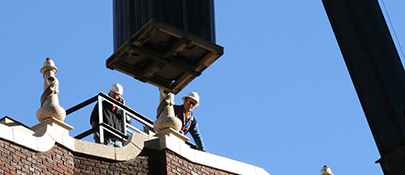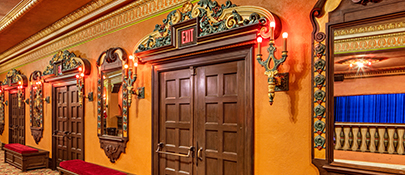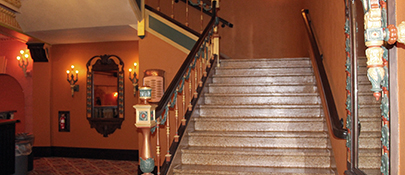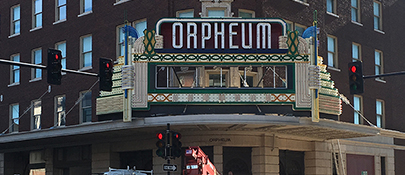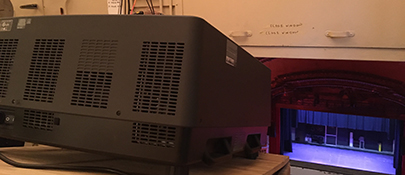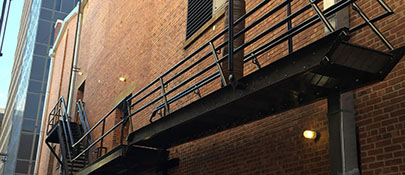The Orpheum holds a special place in American history as the first atmospheric theater in the United States and the oldest one still standing. It was constructed at an initial cost of $750, 000 using the best possible building materials available at the time. It was truly built to last, and today it is still extremely structurally sound. Designed by noted theater architect John Eberson and conceived as a garden of old Andalusia, the theater interior was resplendent with the night sky and shimmering stars associated with atmospheric theaters. Adorned with decorative elements, plaster moldings and arched doorways, the 1200+ seat auditorium looked like a starlit Spanish courtyard.
Since opening on September 4, 1922 the Orpheum has remained one of Wichita’s prominent venues providing the community with programming ranging from music, theater, comedy, dance, films to local church services, lectures, weddings and almost any other type of event imaginable. It was built as a Vaudeville house, but was converted to show “talkies” seven years after opening to adapt to the changing entertainment environment. It is a marvel that the Orpheum remains intact today because so many theaters of its era (including most in Wichita) succumbed to the wrecking ball as tastes changed and popular entertainment abandoned downtown. After closing in 1976, the theater was saved from demolition and the building was placed on the National Register of Historic Places in 1980, then subsequently gifted in 1984 to a new, all-volunteer non-profit organization – The Orpheum Performing Arts Center, Ltd.
From the viewpoint of cultural history, the theatre saw the end of vaudeville as an entertainment form and the establishment of motion pictures. When the theatre first opened, all the greats of vaudeville appeared here – George Burns and Gracie Allen, Gypsy Rose Lee, Houdini, Fanny Brice, Red Skelton and the Marx Brothers, to name just a few. Even after film was being shown on a regular basis, the theatre still brought live acts like Louie Armstrong, Jack Benny, Bing Crosby, Harry Blackstone, Bela Lugosi, Ella Fitzgerald and many more well-known performers to the Orpheum stage.
Restoration Projects
Closed and abandoned in 1976, significant infrastructural restoration was necessary before the venue could re-open in 1999. Since that time, millions of dollars – exclusively from private donations – have been spent to restore this important historic venue.
Check out our Restoration Project Timeline to see where all the money has gone!

